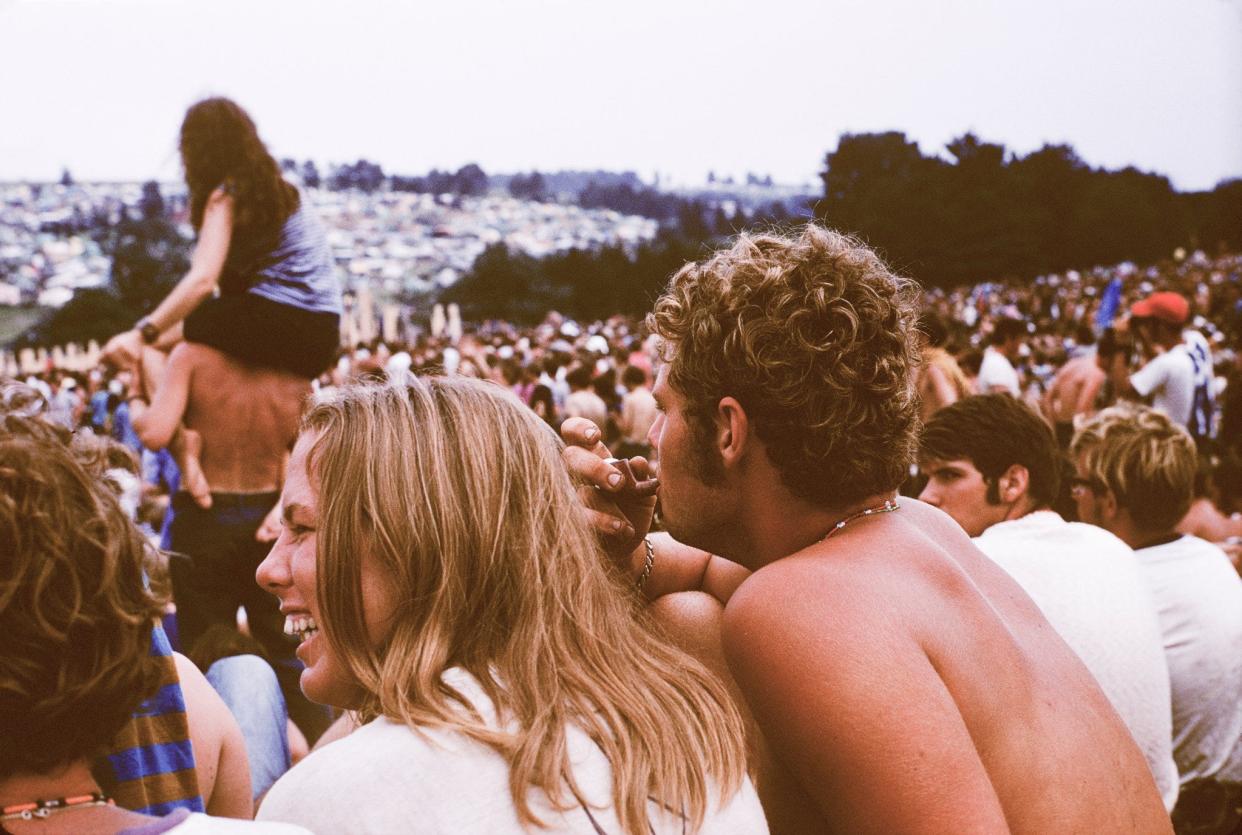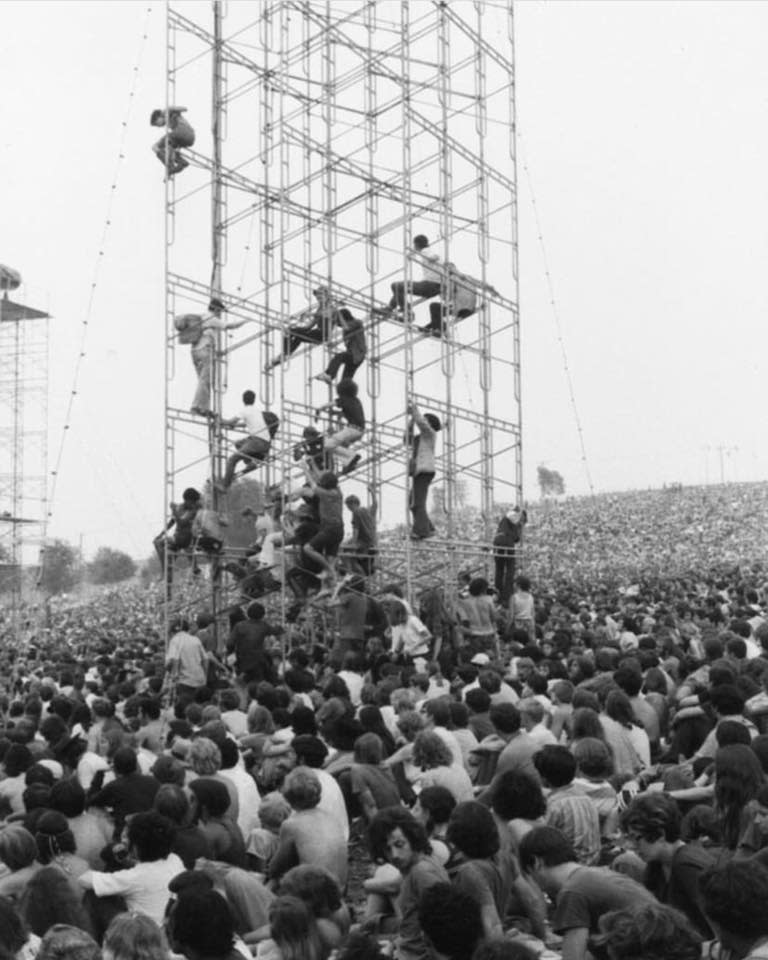Woodstock museum seeks Columbus attendees of '69 festival for story project

The Woodstock Music & Art Fair is more than just one story — it's nearly a half-million stories of unique experiences at the history-making festival held in 1969 on Max Yasgur's farm in Bethel, New York.
Initially expected to attract about 50,000 attendees, Woodstock drew almost 450,000 people to see an impressive panoply of musicians like Jimi Hendrix, Sly and the Family Stone, The Who, the Grateful Dead, Janis Joplin, Jefferson Airplane, Richie Havens, Santana, Creedence Clearwater Revival and Crosby, Stills, Nash & Young, among others.
If you (or someone you know) live in the Columbus area and were among the crowd that flocked to Woodstock, you undoubtedly have a few tales to tell — and The Museum at Bethel Woods wants to hear them.
The upstate New York-based organization — sometimes called "the Woodstock Museum" — has partnered with ComFest to bring its Woodstock Oral History Project to Columbus for "pop-up" interviews to be conducted by appointment only April 4-8 at Big Room Bar, 1036 S. Front St.
“Realizing the average age of Woodstock attendees is 75 years old, now is the time to find the lost stories of the festival and save their place in history,” said Neal V. Hitch, senior curator for The Museum of Bethel Woods and a former Columbus resident.
Festival flashbacks: They went to Woodstock - or almost got there
The first installation of the Woodstock Oral Histories Project began in October 2020, with 1,200 stories already documented. Since then, the organizers have collected more than 500 stories. With a goal of collecting at least 4,500 stories, the nonprofit museum seeks to get a deeper understanding of Woodstock and 1960s culture.
“In order for the impact of Woodstock to be felt 100 years from now, collecting oral histories of this iconic festival is critical," Hitch said. "It is our goal to find as many attendees as possible and document their firsthand experiences, which will also inspire the next generation of young artists, musicians and music lovers.”
After an interview is conducted, the audio recording is transcribed and museum staff create a document that details when and where the interview was collected, and attach meta-data to the transcription, Hitch explained. Each interview is logged into a spreadsheet and the video is saved to an internal information storage system. The plan is to ultimately create a database of the interviews that will be accessible to researchers and the public.

The in-person, pop-up portions of the project are made possible with the help of The Museum Association of New York (MANY) and The New York State Council on the Arts (NYSCA), which partnered to award grants to assist museums across New York.
The partnership between ComFest and The Museum at Bethel Woods was an outgrowth of the experiences of people who had attended both Woodstock and the annual Columbus festival, which takes place in June in Goodale Park.
"I played in bands, and going to ComFest was part of my life. I didn’t really make the connection between ComFest and Woodstock until coming to The Museum at Bethel Woods to serve as director," Hitch said. "ComFest was founded in part by people who experienced something at Woodstock that they wanted to bring back to their local community."
Photos: ComFest celebrates 50th anniversary
Woodstock memories: Woodstock now far in the past, but for those of us who were there, it’ll always be far out
One of the oral histories the museum has done illustrates this point.
"Darryl Mendelson left Columbus and headed to Woodstock in 1969 to be part of the scene, but what he found was something different. It was an area called the Free Stage and it was run by a commune called the Hog Farm. The Free Stage was a second stage ... a mix of performers, like the Grateful Dead and Joan Baez, but also local bands and community organizations onstage," Hitch said.
"It was different. And it was its own community. It was a 'party with a purpose' and this is what Darryl brought back from Woodstock. ... Darryl became an early pioneer at ComFest and that became the motto."
How to get involved
To schedule an interview at Big Room Bar, sign up by emailing Julia Fell at jfell@bethelwoodscenter.org or OralHistory@BethelWoodsCenter.org. If you cannot attend in person, you can still participate virtually by emailing either address. For more information about The Museum at Bethel Woods, visit BethelWoodsCenter.org.
bpaschal@dispatch.com
This article originally appeared on The Columbus Dispatch: Museum at Bethel Woods seeks Woodstock stories from Columbus residents

